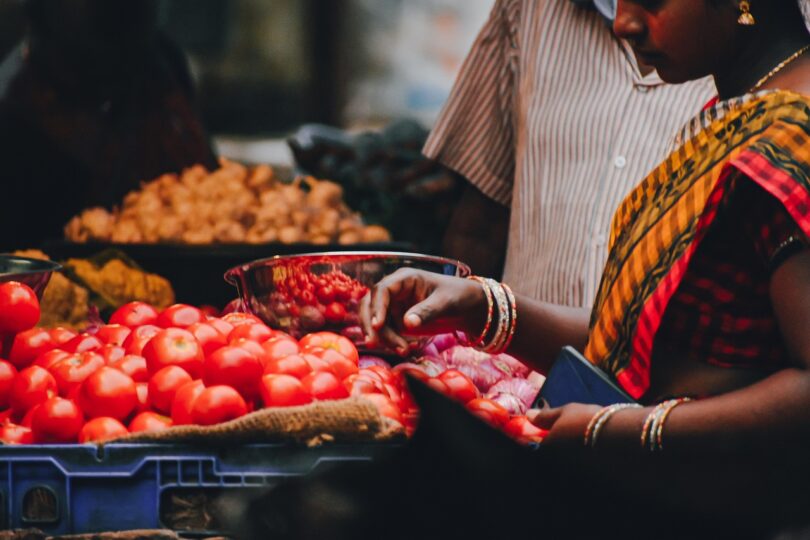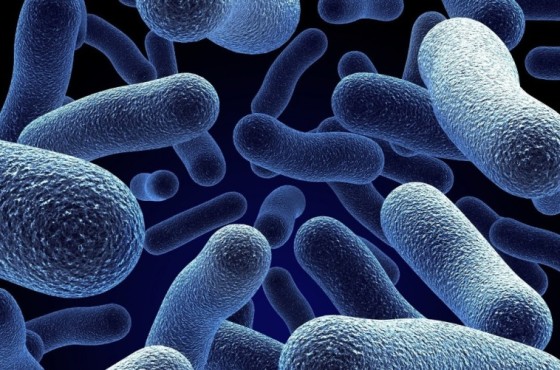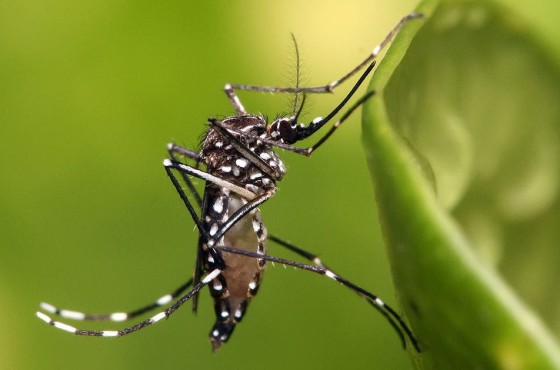How consumers can protect themselves from food-borne microbial diseases
Food can get contaminated at various stages in the farm-to-fork chain. Similarly, food can be decontaminated or protected from contamination at various stages. Consumers have a great role to play in decontaminating food before they consume it.
The commonest contaminants of food are the bacteria, viruses, parasites and fungi, collectively called microorganisms or microbes. Among these microbes, non-typhoidal Salmonella, Campylobacter, Escherichia coli and Staphylococcus are very common. Typhoid and cholera are also common threats in the Kenya and in the region.
Microbes get into food from the farm production environment, from human handling during production, harvesting or slaughter, packaging, transportation, storage, processing, marketing and even at the point of food preparation in the kitchen.
Most raw food has intrinsic protective mechanisms that reduce or prevent microbial contamination. The rid or cover of fruits and pulses keeps microorganisms from entering the substance of the food; contaminants are held at the surface and do not spread to the core of the food commodity. Provided that the cover is not broken, washing such food with hygienic water, such as treated tap water, removes any residual contamination on the surface and the food is then safe for consumption.
A similar concept pertains to meats. At slaughter, the pH of meat is roughly around neutral at 7.2. However, during the process of post-death rigor mortis, a chemical reaction occurs that utilizes sugars stored as glycogen in the muscles and this leads to lowering of pH to an acidity of about 5.2. This acidity prevents the multiplication of many of the microorganisms that contaminate meat and may even kill many of them. If meat is inspected after slaughter and thereafter allowed to mature, and is then packaged, cooked or frozen at that point, it is fairly safe as food. Consumers should therefore ensure that the meat they buy is inspected by asking to see the inspection stamp and should also buy either fresh or frozen meat.
A major hazard critical control point for microbial food contaminants is heat treatment which is commonly referred to as cooking. Every microorganism is susceptible to heat and various temperatures kill these disease agents and render such contaminated food safe. The question would be how consumers would know that their cooking temperature has been adequate to kill all possible microbial contaminants.
- Pasteurized or ultra-heated treated milk is already adequately heat-treated and is ready and safe to drink.
- Raw milk would have reached fairly adequate cooking temperature when it is heated to the boil and allowed to boil for about 2 to 3 minutes.
- Table eggs would be properly cooked when the yolk and white gets firm.
- Meat is properly cooked when it is coming apart in shreds or is detaching from the bone with ease or it turns brown at the centre or the juices coming out after poking it are clear and not red.
Consumers should therefore enforce these cooking temperature standards at their kitchens in order to render their food safe from any possible microbial contamination.
Food may get re-contaminated after cooking, more so because microorganisms in the environment may be introduced and grow in it. The golden rule with food is: when it is hot, eat it hot and when it is cold, eat it cold. Serve cooked food to be eaten when hot or else preserve the hot temperature of the food such that it remains above 62oC until the time of service. However, if the food is not being eaten immediately, then let its temperature drop to chilling refrigeration and then serve it to be eaten cold. Consumers should avoid re-heating food once it has got to room temperature. A number of microorganisms would have germinated in the room temperature food and many release poisons that are activated by re-heating.
The utensils used to serve food may also re-contaminate food. Consumers should therefore clean dishes with soap and water and rinse them with very hot water before drying them off.
These simple home-level measures are able to protect consumers from disease-causing microorganisms that may have contaminated their food. With adoption of these measures, there will be fewer incidences of home-source outbreaks and a lesser disease-burden for our hospitals. Government and regulatory agencies would then get more space to deal with contamination of food at other stages of the food chain and also to deal with chemical and environmental contaminants.
Dr Karugu is a director in Risk Analysis Services consultancy firm. This article was first published by the author as personal views in the “People Daily” in 2018 when he was a veterinary public health practitioner working for the Food, Agriculture and Forestry Sector of the Nairobi City County Government.




